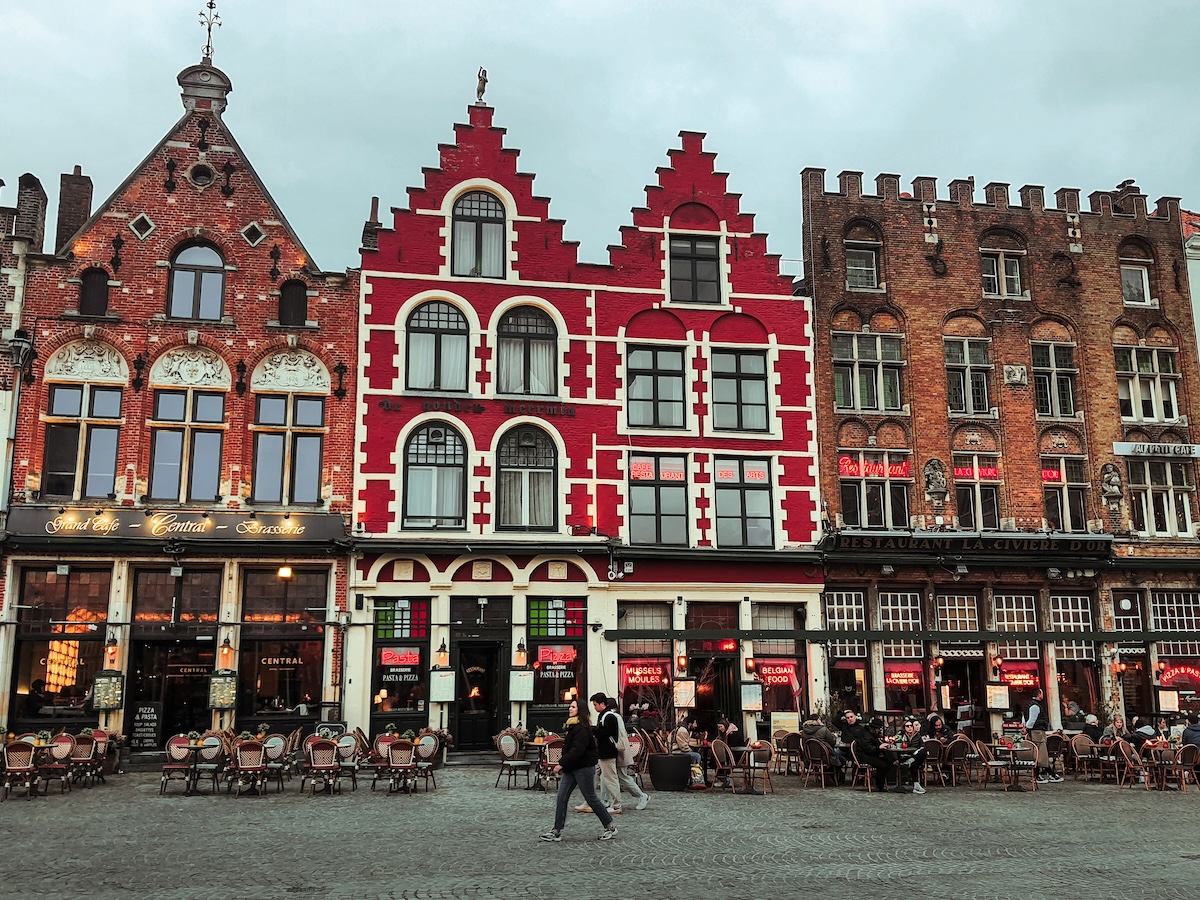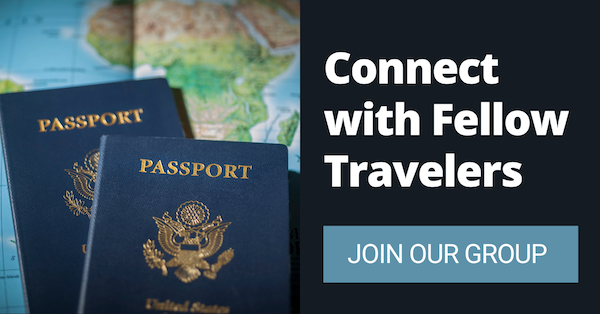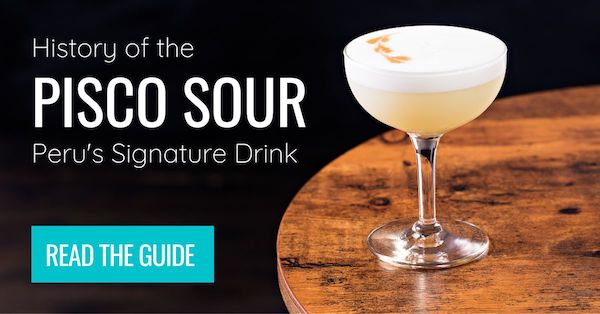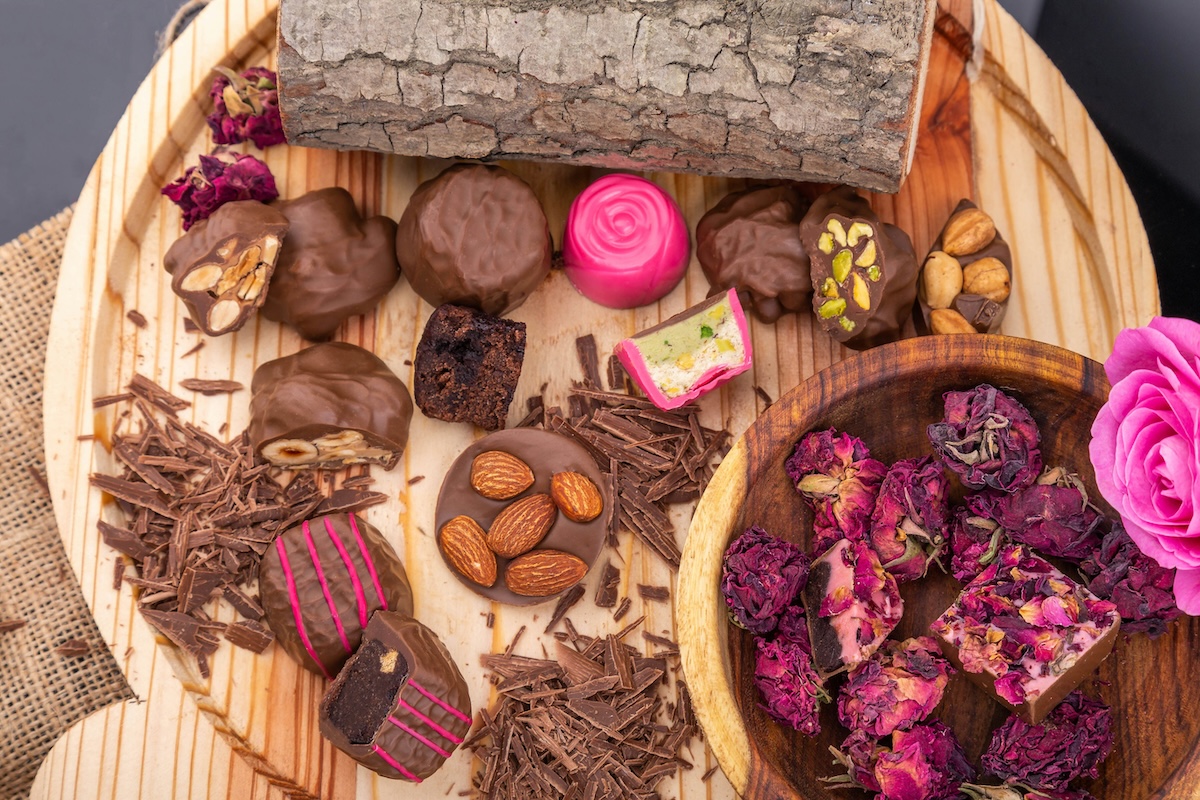
8 Must-Visit Countries for Chocolate Lovers: Where to Find the Best Chocolate Around the World
By: Heather Keys
Skip to Section
There are places on this planet where your chocolate obsession is celebrated, studied, and turned into art forms that’ll make you weep tears of pure cocoa joy. Ready to plan the most delicious trip of your life? Let’s talk about the places where chocolate dreams come true and your sweet tooth can run absolutely wild!
Belgium
Belgium doesn’t mess around when it comes to chocolate. This is the country that gave the world pralines, perfected the art of filled chocolates, and treats chocolate making like other countries treat fine wine production. There are more than 2,000 chocolate shops around the country, meaning you could visit a different chocolatier every day for over five years!
Antwerp is home to the Chocolate Nation Museum, where you can learn how cacao beans become the good stuff, see master chocolatiers at work, and taste samples that’ll ruin regular candy bars for you forever. Plus there are workshops so you can make your own pralines!
In Bruges, chocolate shops line medieval streets selling truffles that might cost more than your lunch but that taste like heaven. Pierre Marcolini and Godiva both have flagship stores here.
Switzerland
Switzerland approaches chocolate the same way they do everything else – with obsessive attention to detail and engineering precision. This is the country that invented milk chocolate, conching (a chocolate-making process), and set the global standard for what premium chocolate should taste like.
Zurich’s Lindt Home of Chocolate Museum is a three-story temple to cocoa, featuring the world’s largest chocolate fountain. You can watch master chocolatiers work through floor-to-ceiling windows, learn about bean-to-bar processes, and even participate in workshops where you’ll make your own chocolate bars. The gift shop alone could bankrupt a serious chocolate addict.
The Maison Cailler Factory in Broc offers tours that include tastings of chocolate so fresh it’s still warm from the production line. You’ll learn why Swiss chocolate tastes different from others, and you’ll probably eat enough samples to constitute a full meal. There’s even a chocolate-themed escape game!
Swiss chocolate isn’t just big brands like Lindt and Toblerone. Small artisan shops throughout the country create chocolates that local chocolatiers consider works of art. In Geneva, you’ll find chocolatiers who incorporate local wines and spirits into their creations, while mountain villages produce chocolates infused with alpine herbs.
The Swiss take their chocolate education seriously, too. You can enroll in chocolate-making courses that range from casual one-day workshops to professional training programs that last weeks.
Ecuador
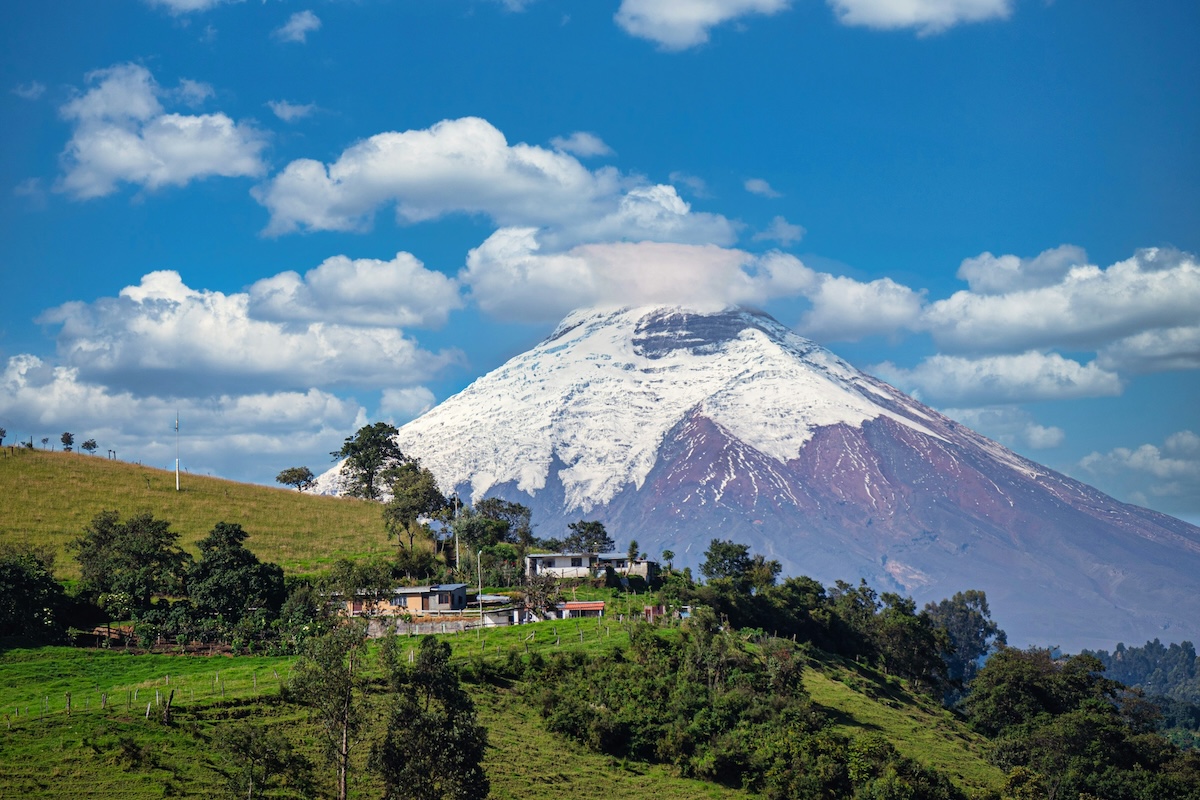
Photo by Andres Medina on Unsplash
Most people don’t think of Ecuador when they think of chocolate destinations, which is a travesty because this small South American country produces some of the world’s finest cacao beans!
Cloud forests throughout Ecuador hide small cacao farms where you can find programs allowing you to participate in harvests, learn traditional processing methods, and taste chocolate made using techniques passed down through generations.
What makes Ecuador special is the terroir – the combination of climate, soil, and altitude that creates cacao with flavor profiles you literally can’t find anywhere else. Ecuadorian chocolate often has floral notes, fruit undertones, and complexity that makes wine tasting seem simple in comparison.
France
France treats chocolate like haute cuisine, which means you’ll find chocolate creations that are too beautiful to eat but too delicious not to! French chocolatiers approach their craft like artists, creating pieces that belong in galleries as much as they belong in your mouth.
Paris hosts more chocolate shops per square mile than probably anywhere else on Earth. The Marais district alone houses legendary chocolatiers like Jacques Genin, whose ganaches are so good that they require refrigeration and have expiration dates, ensuring you eat them at their finest.
Lyon, France’s gastronomic capital, takes chocolate just as seriously as Paris does. The city’s chocolate shops specialize in pralines roses, pink-tinted chocolates that originated here and remain a local obsession.
French chocolate places a strong emphasis on technique and presentation. You’ll find chocolates shaped like jewelry, desserts that resemble modern art installations, and flavor combinations that shouldn’t work but do, absolutely! French chocolatiers frequently incorporate ingredients such as lavender, sea salt, exotic spices, and even cheese into their creations.
Peru
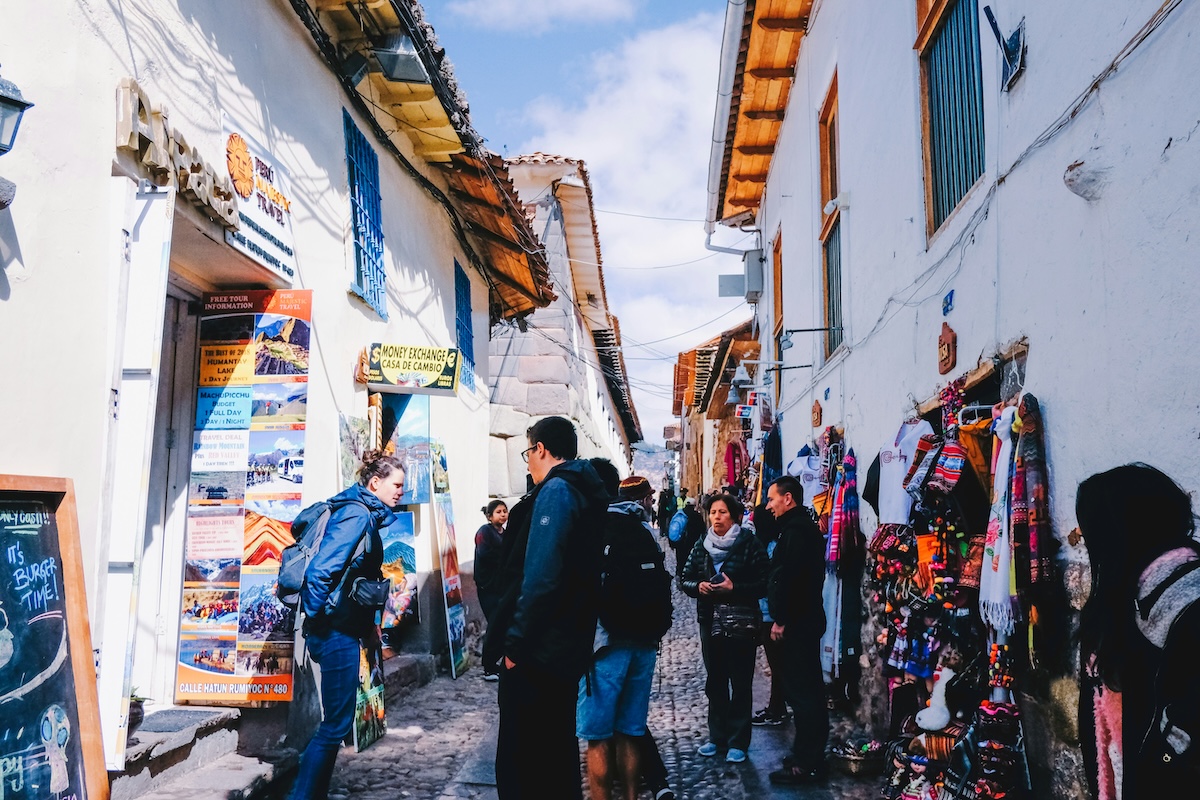
Photo by James Cheung on Unsplash
Peru is one of the original homes of cacao cultivation, with evidence of chocolate consumption dating back over 4,000 years. Visiting Peru means experiencing chocolate in its cultural and historical context while also enjoying it as a modern treat.
Lima’s chocolate scene has experienced a surge in popularity in recent years, with artisanal chocolatiers crafting bars that showcase Peru’s cacao heritage. The country produces dozens of heirloom cacao varieties that you can’t find anywhere else, creating chocolate with flavor profiles that range from fruity to nutty to floral. You’ll find chocolatiers who use traditional ingredients like quinoa, lucuma, and coca leaves to create flavors that honor Peru’s agricultural heritage while appealing to contemporary palates.
The Sacred Valley near Cusco is home to small cacao farms where you can volunteer to participate in organic farming that helps produce tea, coffee, chocolate, and more.
ChocoMuseo locations in Lima, Cusco, and Ollantaytambo offer bean-to-bar workshops where you’ll create chocolate using traditional Peruvian methods. You’ll learn about different cacao varieties, traditional preparation techniques, and why Peruvian chocolate tastes different from mass-produced versions.
Italy
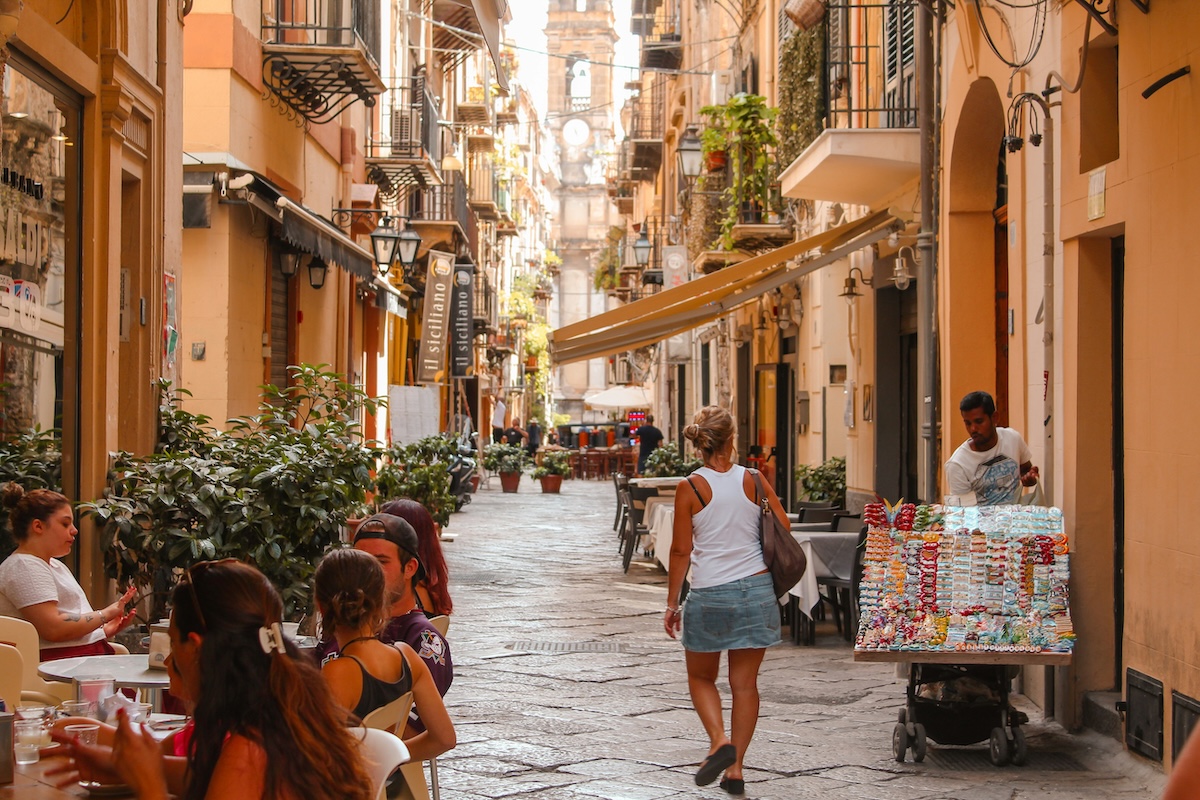
Photo by Who’s Denilo ? on Unsplash
Italy approaches chocolate with passion, creativity, and a deep respect for quality ingredients. Italian chocolate often incorporates Mediterranean flavors like hazelnuts, citrus, and honey, creating combinations that feel both familiar and exotic. Italian chocolate shops often double as cafes where you can drink thick, rich hot chocolate that’s closer to melted chocolate bars than the watery stuff most countries serve. These drinks require spoons rather than sips and will make regular hot chocolate pale in comparison.
Turin is Italy’s chocolate capital. Historic cafes serve bicerin, a layered drink of espresso, chocolate, and cream that was invented here. Gianduja, a hazelnut-chocolate combination that may remind you of Nutella, originated in Turin’s chocolate shops. The annual CioccolaTò festival transforms Turin into a chocolate wonderland where artisan chocolatiers from across Italy showcase their creations. You’ll find chocolate sculptures, live demonstrations, and tastings here.
Sicily produces chocolate influenced by Spanish traditions, incorporating pistachios, almonds, and citrus in a way that creates uniquely Mediterranean flavors. Visit the town of Modica to discover chocolate made with ancient methods that create grainy, intensely flavored bars unlike anything you’ve tasted.
Mexico
Mexico is one of the oldest places to produce chocolate, and visiting here means experiencing cacao in one of its original cultural contexts. Mexican chocolate traditions predate European influence by thousands of years!
Oaxaca, Mexico’s culinary capital, treats chocolate as both food and cultural artifact. The city’s markets sell chocolate preparations mixed with cinnamon, vanilla, almonds, and chili peppers – combinations that Aztec and Mayan peoples developed centuries ago. Traditional Mexican hot chocolate bears no resemblance to the sweet, milky drinks popular elsewhere. Mexican chocolate is often mixed with spices and served frothy.
The MUCHO Museo del Cacao in Mexico City traces chocolate’s journey from a sacred ancient drink to a global commodity. You’ll learn about chocolate’s role in Mesoamerican culture, its use as a form of currency, and how Spanish colonization influenced chocolate preparation methods.
Ghana
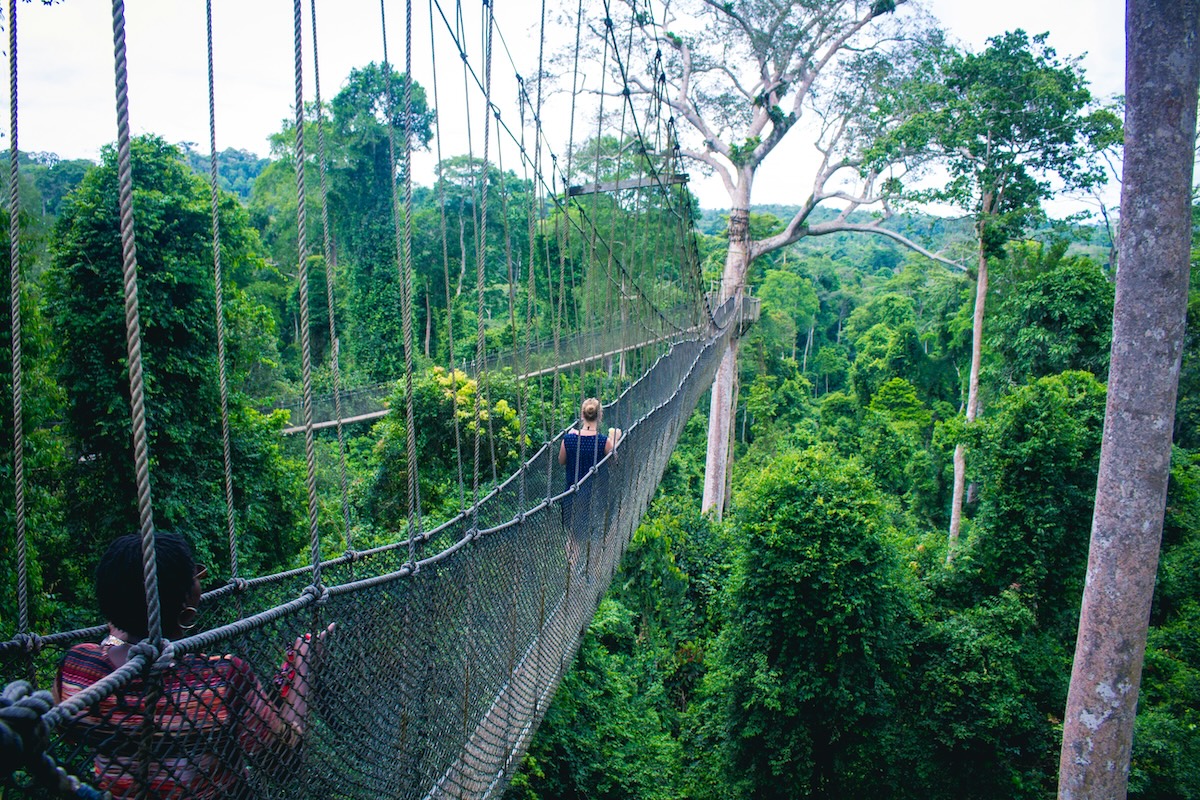
Photo by orva studio on Unsplash
Ghana produces about 20% of the world’s cacao – and visiting here means seeing chocolate production from the ground up and understanding the agricultural and economic systems that supply the world’s chocolate obsession.
You can find cacao farm tours throughout Ghana’s forest regions that allow you to participate in harvests, learn about sustainable farming practices, and meet the families whose work supplies the global chocolate industry. You can also join in farm-to-factory tours, where you learn about how chocolate goes from pod to bar, and you can even make your own chocolate treat to take home.
The Tetteh Quarshie Cocoa Farm, where cacao was first introduced to Ghana, offers historical context about how cacao cultivation transformed Ghana’s economy and culture. You’ll see original cacao trees and learn about the agricultural techniques that made Ghana a global cacao powerhouse.
Ready to Travel?
Your chocolate obsession has probably been quietly building your entire life, but visiting these destinations will turn casual appreciation into full-blown expertise. You’ll taste chocolates that make grocery store candy seem like a completely different food category, learn about flavor profiles you didn’t know existed, and probably spend way too much money shipping chocolate home. Where will you go first?
Happy Travels!
About the Author
Originally from Indiana, Heather believes every destination has a story worth telling and a reason to visit. With a deep love of adventure, history, and psychology, she shares travel trivia, tips, and inspiration to encourage you to explore the world with curiosity and optimism. Read her other articles on Frayed Passport here.Featured image by Anas Alhajj on Unsplash
Information published on this website and across our networks can change over time. Stories and recommendations reflect the subjective opinions of our writers. You should consult multiple sources to ensure you have the most current, safe, and correct details for your own research and plans.
Frayed Passport is a participant in the Amazon Associates Program, an affiliate advertising program designed to provide a means for sites to earn advertising fees by advertising and linking to Amazon.com. We also may share links to other affiliates and sponsors in articles across our website.

